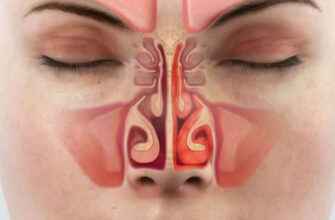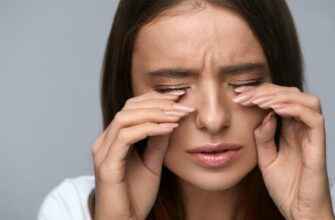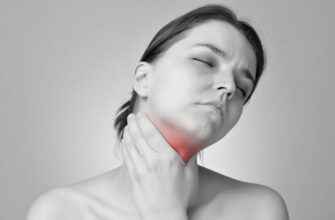Bags under the eyes are a common cosmetic concern that affects many individuals. These bags are caused by a buildup of fluid or fat under the skin, which can give the appearance of puffiness or swelling. In this article, we will explore the diagnosis and treatment options for bags under the eyes.
Diagnosis
To diagnose bags under the eyes, a medical professional will typically perform a physical examination. The examination will involve an assessment of the skin around the eyes, looking for signs of puffiness, swelling, or discoloration. The medical professional may also ask about any other symptoms, such as itching or pain.
If necessary, the medical professional may also order additional tests to rule out any underlying medical conditions that may be causing the bags under the eyes.
Treatment
Treatment for bags under the eyes can vary depending on the underlying cause. Here are some of the most common treatment options:
1. Lifestyle Changes
In some cases, bags under the eyes can be caused by lifestyle factors, such as lack of sleep, poor diet, or dehydration. Making lifestyle changes such as getting enough sleep, eating a healthy diet, and drinking plenty of water can often help reduce the appearance of bags under the eyes.
2. Eye Creams
Eye creams that contain caffeine, vitamin K, or retinol can be effective in reducing the appearance of bags under the eyes. These creams work by improving circulation and reducing inflammation.
3. Cold Compresses
Applying cold compresses to the eyes can help reduce swelling and inflammation, which can help reduce the appearance of bags under the eyes.
4. Allergy Medication
Bags under the eyes can sometimes be caused by allergies. Taking allergy medication can help reduce inflammation and puffiness around the eyes.
5. Chemical Peels
Chemical peels can be used to reduce the appearance of bags under the eyes by removing the outer layer of skin, which can help reduce puffiness and discoloration.
6. Fillers
Fillers such as hyaluronic acid can be injected under the skin to help reduce the appearance of bags under the eyes.
7. Surgery
In some cases, surgery may be necessary to remove excess skin or fat under the eyes. This procedure is called blepharoplasty.
8. Laser Resurfacing
Laser resurfacing can be used to reduce the appearance of bags under the eyes by stimulating collagen production and tightening the skin.
9. Radiofrequency Therapy
Radiofrequency therapy can be used to reduce the appearance of bags under the eyes by stimulating collagen production and tightening the skin.
10. Microdermabrasion
Microdermabrasion can be used to reduce the appearance of bags under the eyes by removing the outer layer of skin and stimulating collagen production.
11. Chemical Peel
A chemical peel can be used to reduce the appearance of bags under the eyes by removing the outer layer of skin and stimulating collagen production.
12. Injectable Treatments
Injectable treatments such as Botox can be used to reduce the appearance of bags under the eyes by relaxing the muscles around the eyes.
Conclusion
In conclusion, bags under the eyes can be a cosmetic concern for many individuals. However, with proper diagnosis and treatment, the appearance of these bags can be significantly reduced. If you are experiencing bags under your eyes, speak with a medical professional to determine the best treatment options for your specific case. Additionally, making lifestyle changes such as getting enough sleep, eating a healthy diet, and staying hydrated can also help prevent bags under the eyes from developing or worsening.
It’s important to note that while many of these treatments can be effective in reducing the appearance of bags under the eyes, they may not necessarily address the underlying cause of the issue. For example, if bags under the eyes are caused by an allergy or medical condition, it’s important to address and manage that condition in addition to any cosmetic treatments.
Overall, if you are concerned about bags under your eyes, don’t hesitate to speak with a medical professional. They can help determine the cause of the issue and recommend the best treatment options for you, whether that be lifestyle changes, topical creams, or more invasive procedures.











